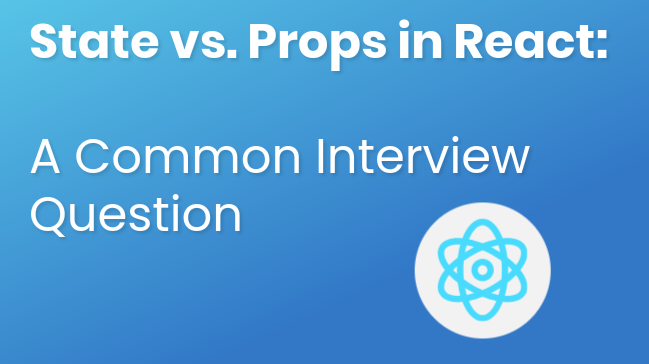💡 State vs. Props in React: A Common Interview Question 💡
 Zeeshan Safdar
Zeeshan Safdar
If you're starting with React or preparing for an interview, you might come across this classic question: What's the difference between state and props? Let's break it down! 👇
🌐 State
Internal data: Owned by the component that declares it.
Component's memory: Holds data over time across multiple re-renders.
Interactive: Can be updated by the component, and when updated, React re-renders the component to reflect changes.
🔗 Props
External data: Passed down from a parent component.
Read-only: Cannot be modified by the receiving component.
Function parameters: Acts as a communication channel between parent and child components.
Here's a crucial point: If state from a parent component is passed as props to a child, when the state updates, both the parent and child components will be re-rendered. This ensures the child component stays in sync with the updated state. 🔄
🔑 Summary
State makes components interactive.
Props allow parent components to configure child components.
Next time you're asked this in an interview, you'll be ready to nail it! 🎯
Subscribe to my newsletter
Read articles from Zeeshan Safdar directly inside your inbox. Subscribe to the newsletter, and don't miss out.
Written by

Zeeshan Safdar
Zeeshan Safdar
An accomplished front-end developer with a strong background in creating visually stunning and user-friendly websites and web applications. My deep understanding of web development principles and user-centered design allows me to deliver projects that exceed client expectations. I have a proven track record of success in delivering projects on time and to the highest standards, and I am able to work well in a team environment and am always looking for new challenges to take on.